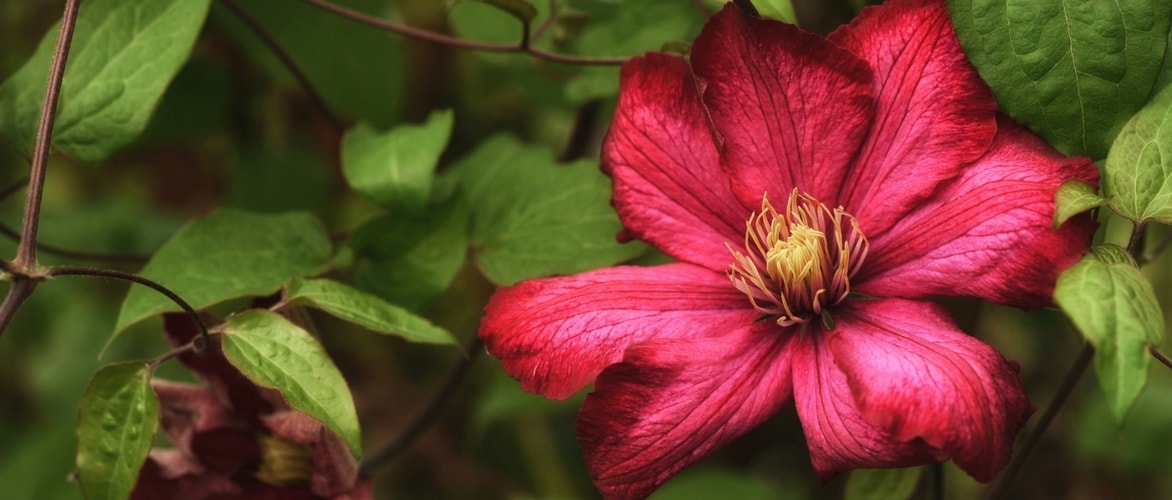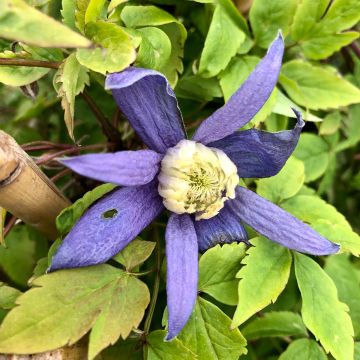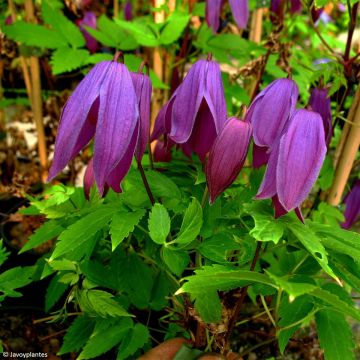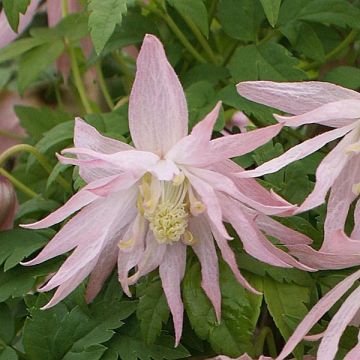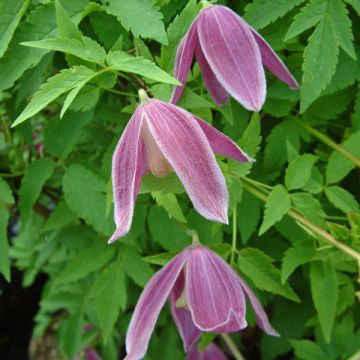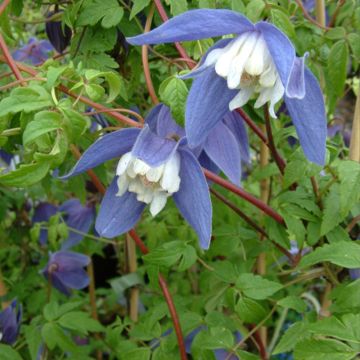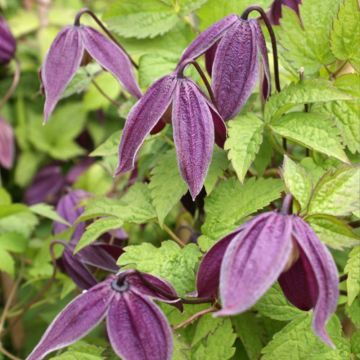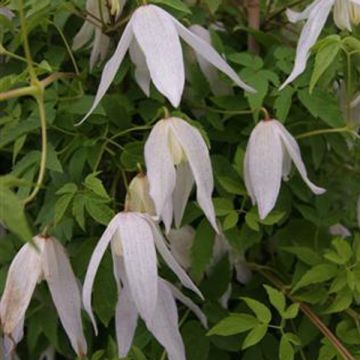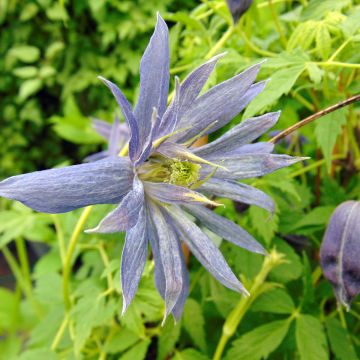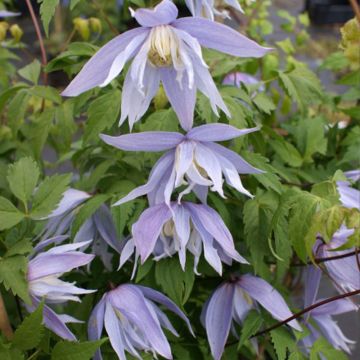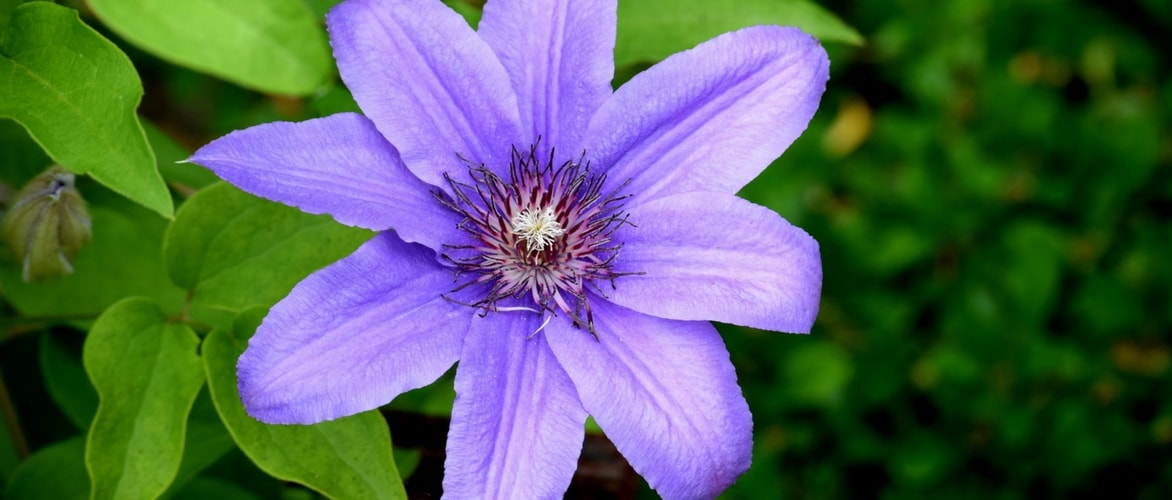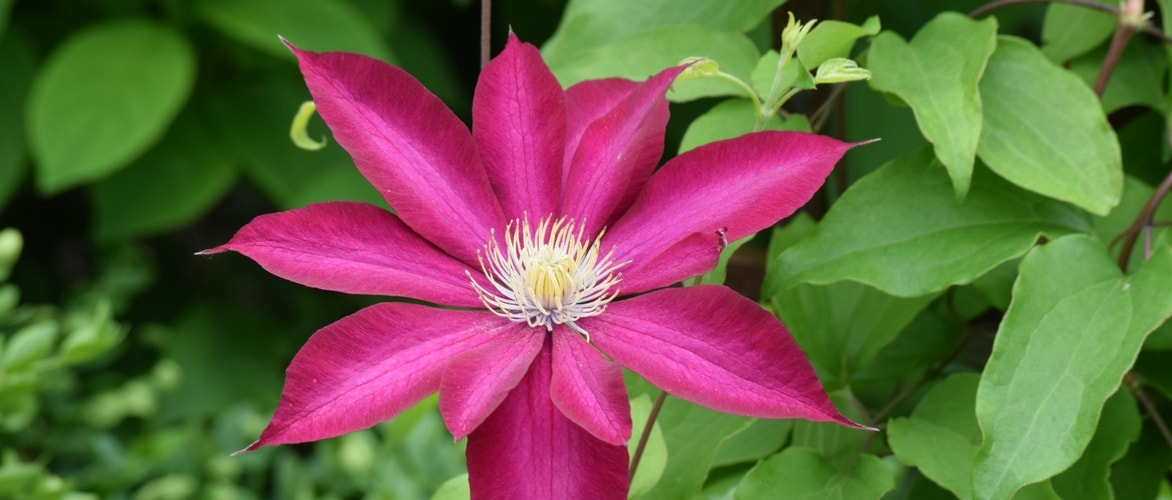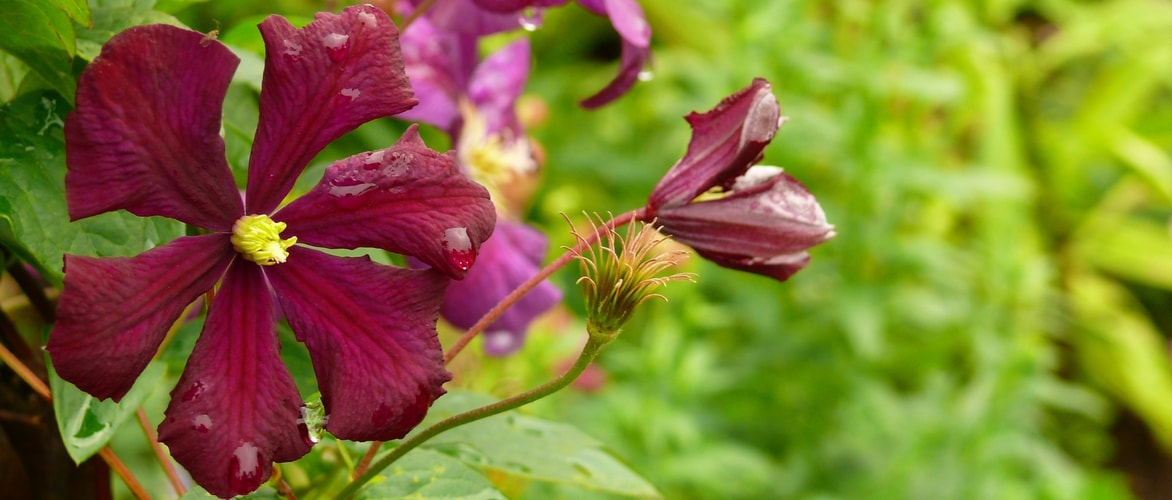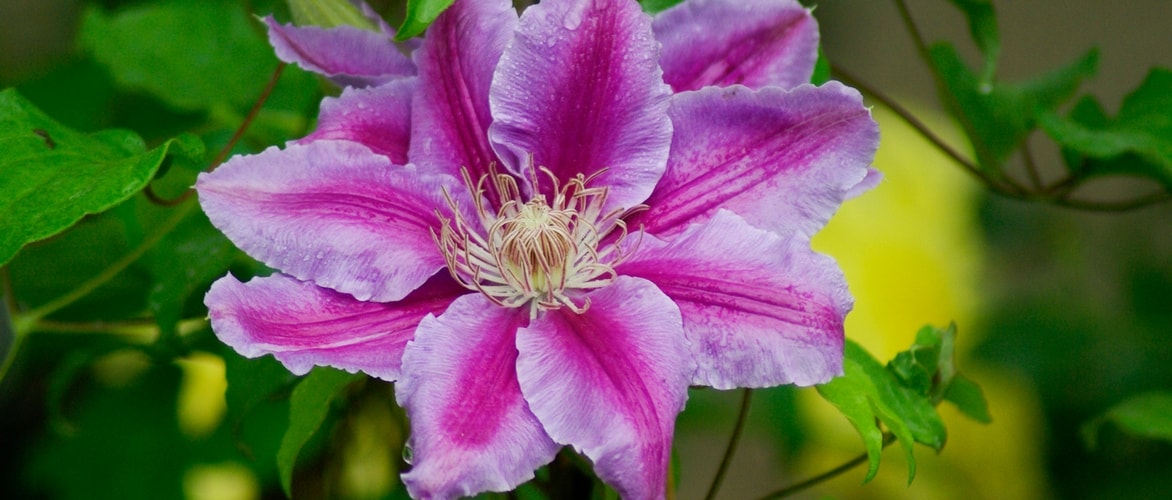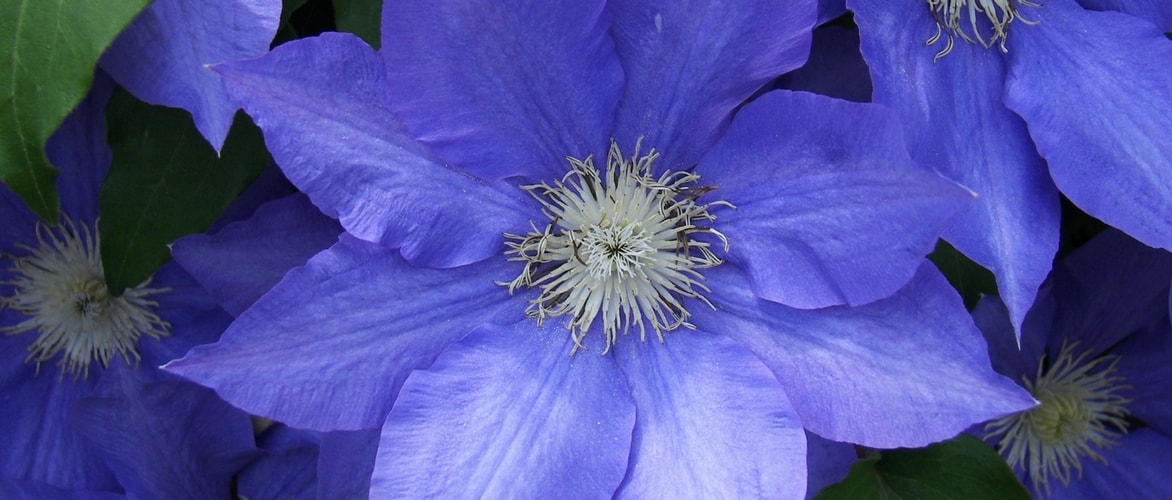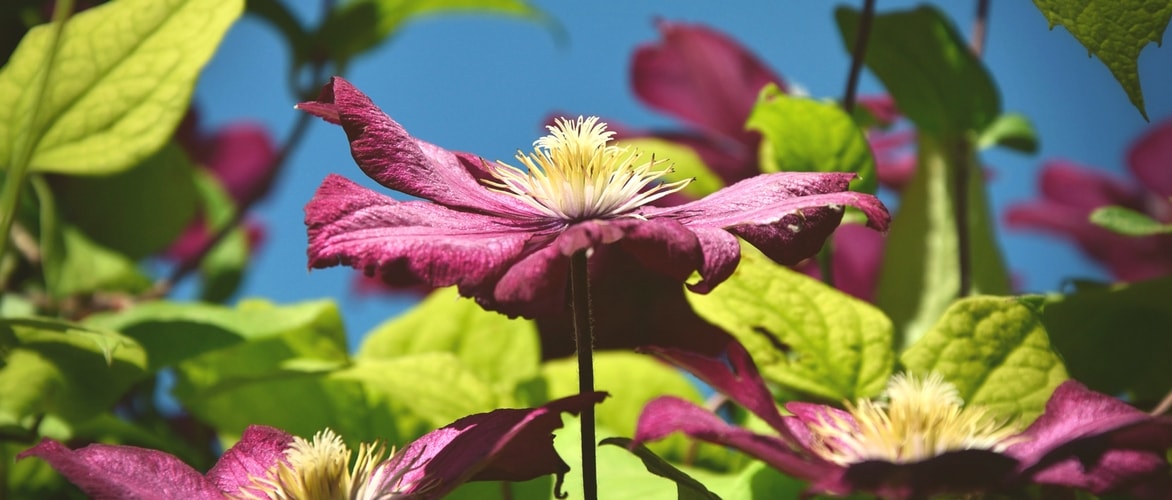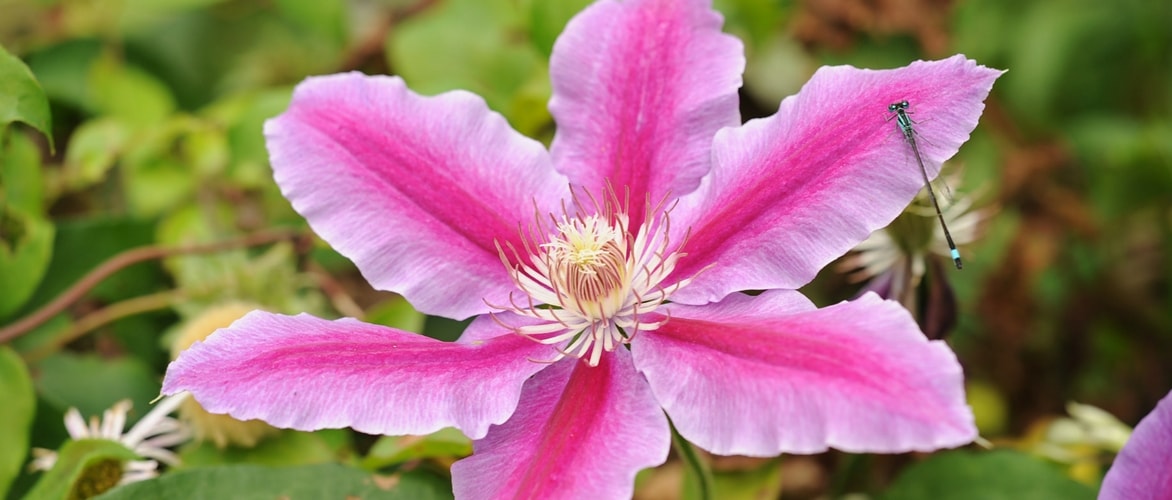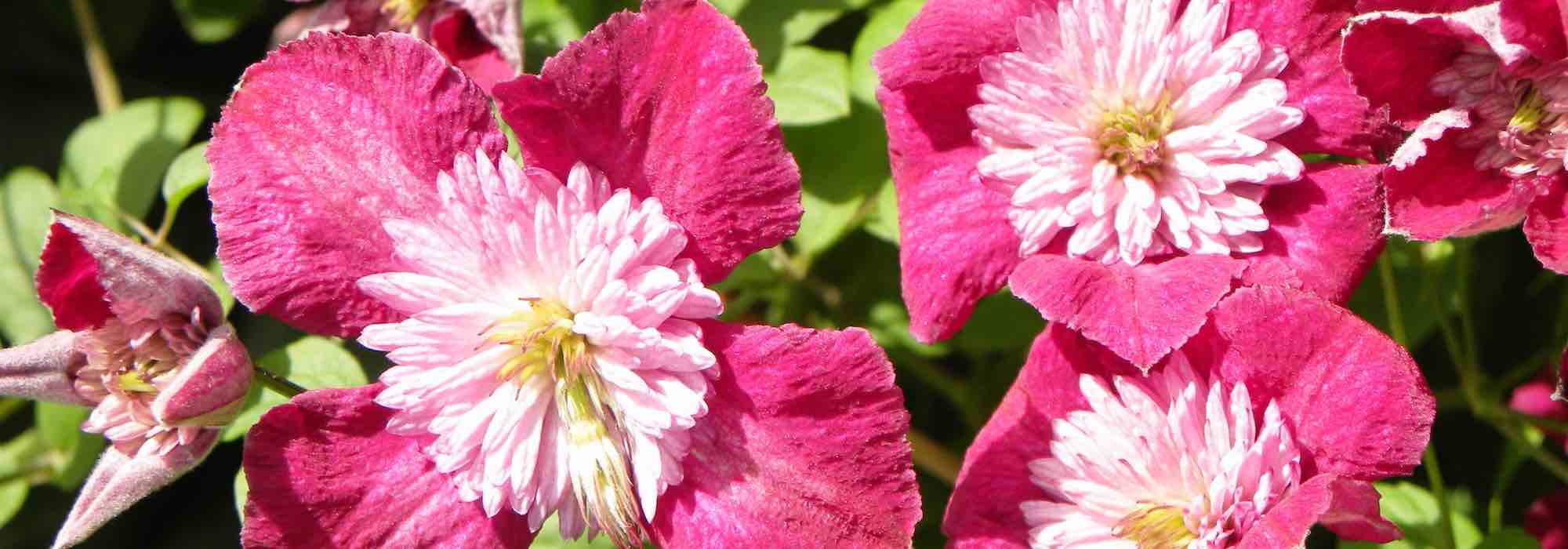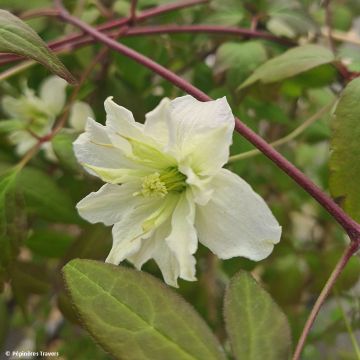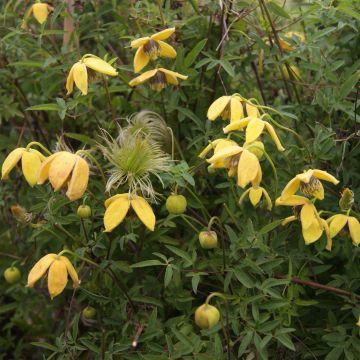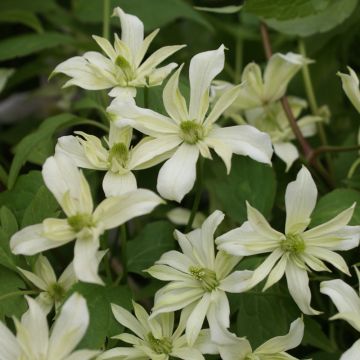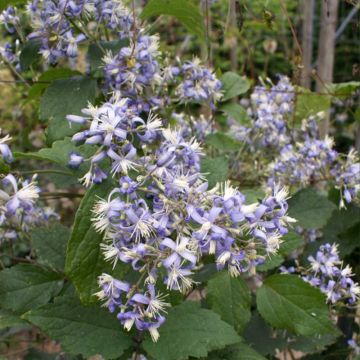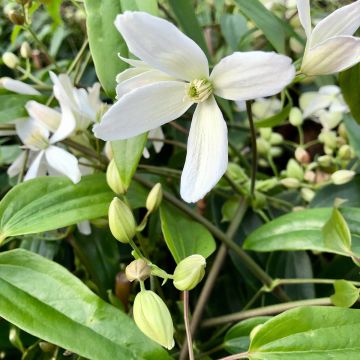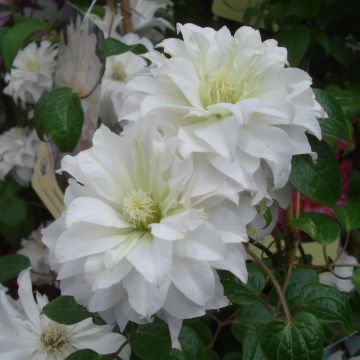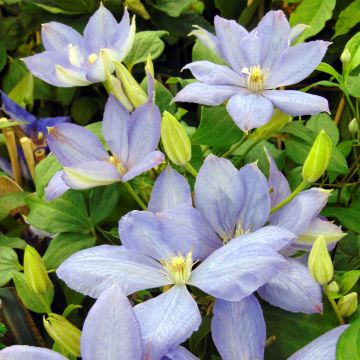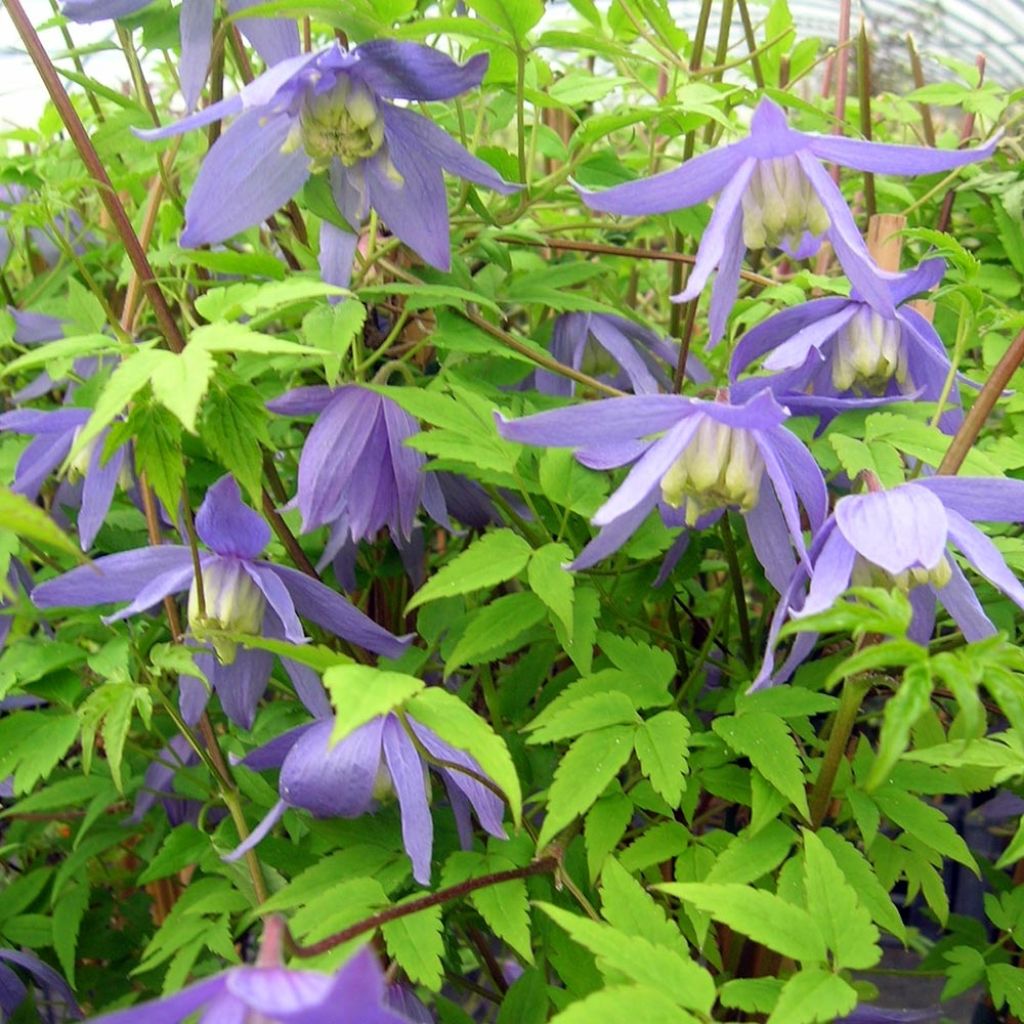

Clematis alpina - Alpine Clematis
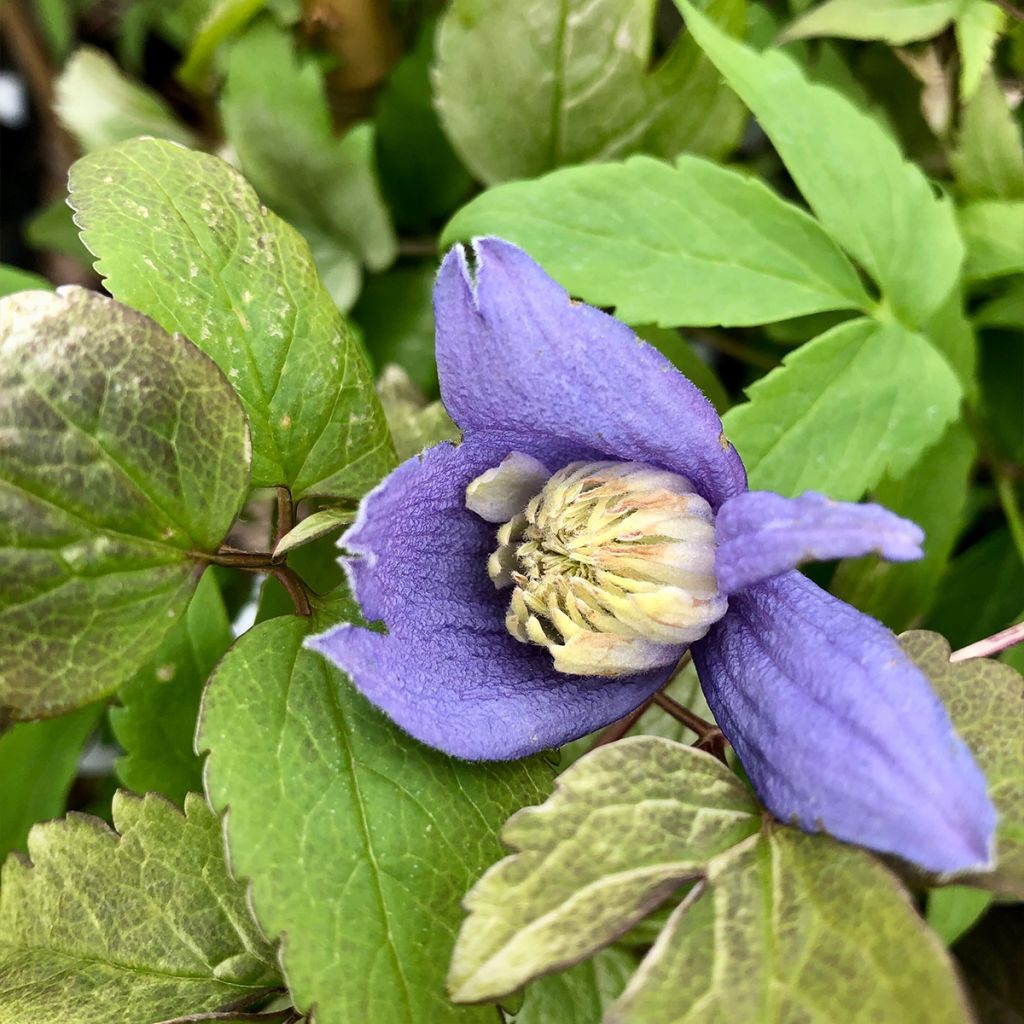

Clematis alpina - Alpine Clematis
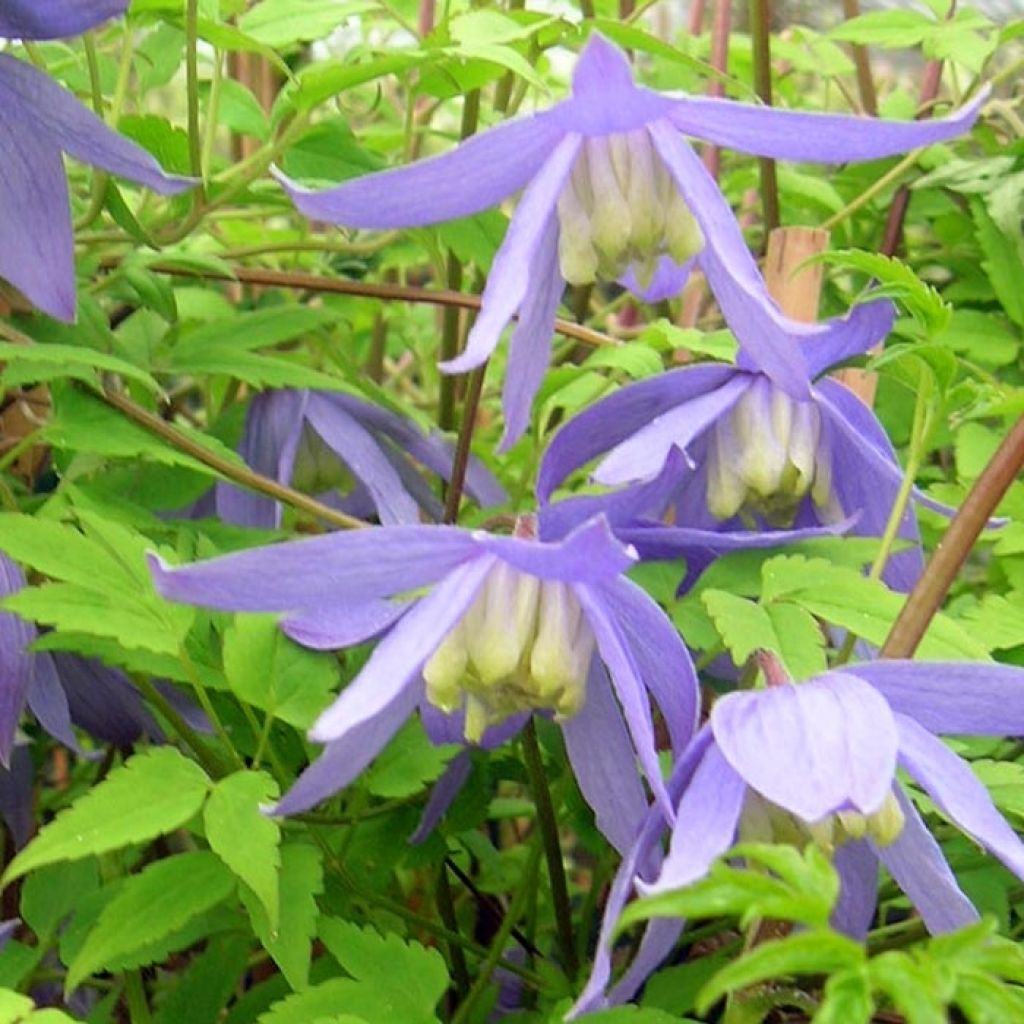

Clematis alpina - Alpine Clematis
Clematis alpina - Alpine Clematis
Clematis alpina
Alpine Clematis
The plant delivered was of very poor quality and I am not sure it will recover.
Jean, 19/10/2024
Special offer!
Receive a €20 voucher for any order over €90 (excluding delivery costs, credit notes, and plastic-free options)!
1- Add your favorite plants to your cart.
2- Once you have reached €90, confirm your order (you can even choose the delivery date!).
3- As soon as your order is shipped, you will receive an email containing your voucher code, valid for 3 months (90 days).
Your voucher is unique and can only be used once, for any order with a minimum value of €20, excluding delivery costs.
Can be combined with other current offers, non-divisible and non-refundable.
Home or relay delivery (depending on size and destination)
Schedule delivery date,
and select date in basket
This plant carries a 6 months recovery warranty
More information
We guarantee the quality of our plants for a full growing cycle, and will replace at our expense any plant that fails to recover under normal climatic and planting conditions.
Does this plant fit my garden?
Set up your Plantfit profile →
Description
The Alpine Clematis, commonly known as the Alpine clematis, is a robust climber appreciated for its charming early flowering! This species blooms from March to April with small, open and pendant bell-shaped flowers, with elongated blue-purple tepals and a white-greenish centre that somewhat resemble a columbine flower. It quickly forms ornamental curtains with its beautifully cut, toothed, light green deciduous foliage. In autumn, silvery plumed fruits take over, remaining decorative until winter. This clematis, native to the Alps, is a robust climber that attaches itself to its support thanks to its voluble stems and tendrils. It is just as beautiful in the garden as it is in a large pot on the terrace, thriving in full sun or partial shade, in a fresh but well-drained soil.
Clematis is a genus in the Ranunculaceae family. It comprises about 30 species of herbaceous perennials with woody bases and climbing, semi-woody, evergreen or deciduous plants. They are found in both hemispheres, particularly in Europe, the Himalayas, China, Australia, and North and Central America.
The Clematis alpina is a species native to the Alps. This 'Frankie' variety seedling is the only variety in this category to produce very double flowers. It belongs to Group 1 (early-flowering clematis) of Clematis, which includes 3 groups. It is a woody and climbing perennial plant that will reach a height of 3m (10ft), with a spread of 1.5m (5ft). The groups are defined based on their cultivation requirements.
The Alpine clematis bears trailing flowers, 6cm (2in) in diameter, at the axils of the leaves, on the previous year's growth. They bloom from March onwards if the weather is mild. The bisexual flowers are solitary and lack petals, but have 4 long, tapering and pointed tepals. Some corollas have numerous pale yellow staminodes that are shorter than the tepals (sterile stamens resembling petals arranged in pompoms), while others have lavender-blue staminodes of variable size, giving the flower a slightly bristly appearance. The flowering is followed by decorative, silvery plumed fruits. The leaves, which are fairly light green, can be opposite or alternate, glabrous, and have a simple, tripalmate shape with irregularly incised margins. This clematis attaches itself to the support or host plant with the help of petioles that have transformed into tendrils.
It is a climber that often prefers to run on the plants around it: it makes an excellent companion for many flowering shrubs. The blue-purple bell-shaped flowers of this clematis go wonderfully well with yellow, white or pink blooms, as well as with purple foliage. You can plant it near a Kerria japonica with yellow pompons, a Van Houtte's spirea, a pink-flowering Prunus, or an ornamental apple tree, for example. It will enthusiastically weave its way through the purple foliage of a Cotinus Royal Purple, a purple hazel, or a Black Lace elderberry.
The name "clematis" comes from the Greek "klema" which means "vine branch", as its old stems have a woody and twisted appearance with corky exfoliations. About half a dozen spontaneous clematis species grow in France (not counting those cultivated in gardens). Among them are the Alpine clematis (or Alpine clematis) and the Traveller's Joy (Clematis vitalba), whose fresh leaves are highly vesicant: in fact, by simple contact, when crushed, they cause "burns" on the skin. In the past, professional beggars rubbed the wood clematis ("grass of the beggars") on their wounds to create superficial and extensive ulcers, with the aim of arousing sympathy from donors.
Clematis alpina - Alpine Clematis in pictures
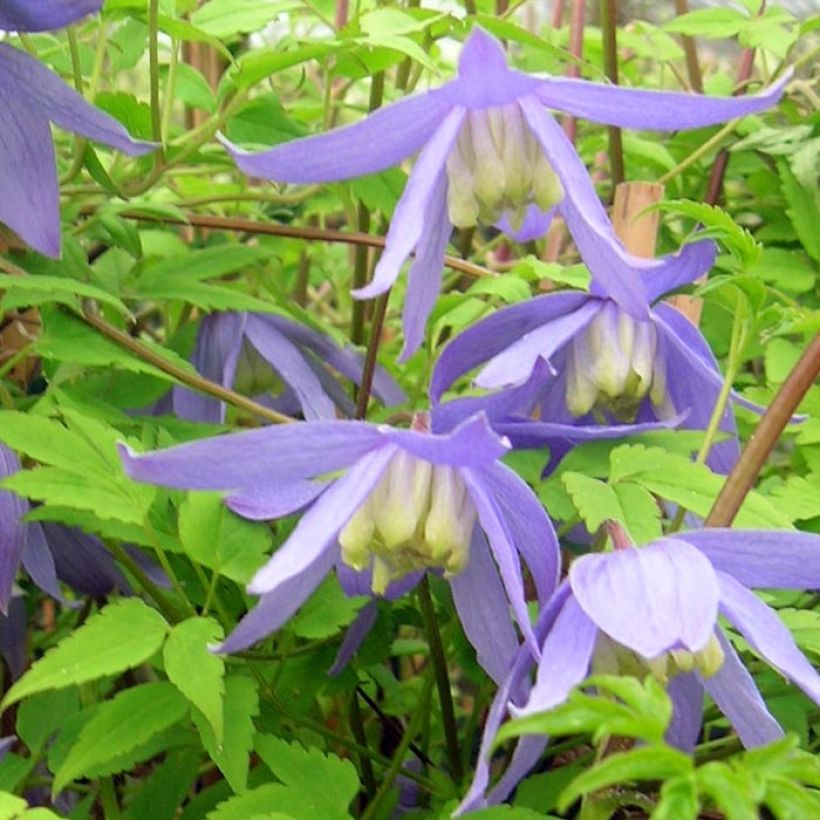

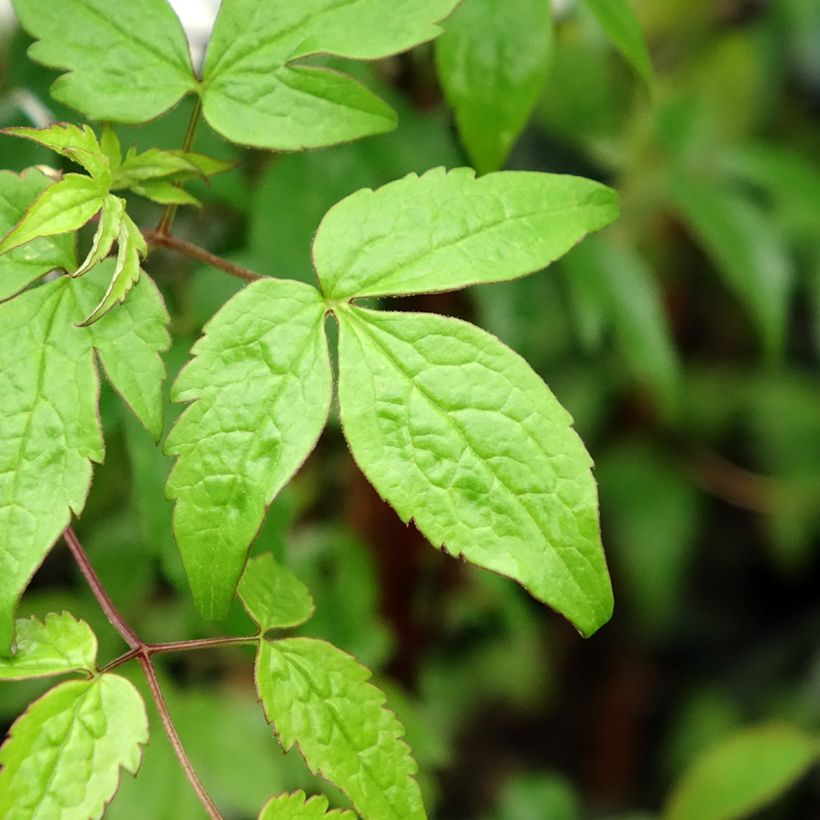

Plant habit
Flowering
Foliage
Botanical data
Clematis
alpina
Ranunculaceae
Alpine Clematis
Alps
Other Clematis Atragene
View all →Planting and care
Plant the clematis preferably in full sun or partial shade, in fertile, humus-rich, well-drained soil, shading the roots and base of the stem (with a flat tile for example). Herbaceous species prefer full sun. Clematis wilts in excessively wet soil. Clematis like to have cool feet. Install your plant by covering the root ball with 3 cm (1in) of soil, in soil worked to a depth of 20 cm (8in), lightened with good compost. During the first few weeks, water abundantly and regularly. Mulch all clematis in February with garden compost or well-rotted manure, avoiding direct contact with the stems. Cover the base of climbing clematis with a small mound of soil, this reduces the risk of wilting while promoting vigorous shoots from the stump. After planting, prune the stems of deciduous climbing clematis to about 30 cm (12in) above a nice pair of buds. We advise you not to over-water, stagnant water can cause a fungus to develop at the collar. Train the stems, without squeezing them, until the plant grips itself. Clematis also like to grow freely on neighboring plants.
Prune the clematis from "group 1" after flowering, to 75 cm (0 to 30in). Remove dead or damaged stems, shorten the others if necessary. This promotes the formation of new shoots for the following year. Voles and grey worms can attack clematis and devour the stems. Aphids and greenhouse whiteflies are also potential parasites of clematis.
Planting period
Intended location
Care
Planting & care advice
-
, onOrder confirmed
Reply from on Promesse de fleurs
Similar products
Haven't found what you were looking for?
Hardiness is the lowest winter temperature a plant can endure without suffering serious damage or even dying. However, hardiness is affected by location (a sheltered area, such as a patio), protection (winter cover) and soil type (hardiness is improved by well-drained soil).

Photo Sharing Terms & Conditions
In order to encourage gardeners to interact and share their experiences, Promesse de fleurs offers various media enabling content to be uploaded onto its Site - in particular via the ‘Photo sharing’ module.
The User agrees to refrain from:
- Posting any content that is illegal, prejudicial, insulting, racist, inciteful to hatred, revisionist, contrary to public decency, that infringes on privacy or on the privacy rights of third parties, in particular the publicity rights of persons and goods, intellectual property rights, or the right to privacy.
- Submitting content on behalf of a third party;
- Impersonate the identity of a third party and/or publish any personal information about a third party;
In general, the User undertakes to refrain from any unethical behaviour.
All Content (in particular text, comments, files, images, photos, videos, creative works, etc.), which may be subject to property or intellectual property rights, image or other private rights, shall remain the property of the User, subject to the limited rights granted by the terms of the licence granted by Promesse de fleurs as stated below. Users are at liberty to publish or not to publish such Content on the Site, notably via the ‘Photo Sharing’ facility, and accept that this Content shall be made public and freely accessible, notably on the Internet.
Users further acknowledge, undertake to have ,and guarantee that they hold all necessary rights and permissions to publish such material on the Site, in particular with regard to the legislation in force pertaining to any privacy, property, intellectual property, image, or contractual rights, or rights of any other nature. By publishing such Content on the Site, Users acknowledge accepting full liability as publishers of the Content within the meaning of the law, and grant Promesse de fleurs, free of charge, an inclusive, worldwide licence for the said Content for the entire duration of its publication, including all reproduction, representation, up/downloading, displaying, performing, transmission, and storage rights.
Users also grant permission for their name to be linked to the Content and accept that this link may not always be made available.
By engaging in posting material, Users consent to their Content becoming automatically accessible on the Internet, in particular on other sites and/or blogs and/or web pages of the Promesse de fleurs site, including in particular social pages and the Promesse de fleurs catalogue.
Users may secure the removal of entrusted content free of charge by issuing a simple request via our contact form.
The flowering period indicated on our website applies to countries and regions located in USDA zone 8 (France, the United Kingdom, Ireland, the Netherlands, etc.)
It will vary according to where you live:
- In zones 9 to 10 (Italy, Spain, Greece, etc.), flowering will occur about 2 to 4 weeks earlier.
- In zones 6 to 7 (Germany, Poland, Slovenia, and lower mountainous regions), flowering will be delayed by 2 to 3 weeks.
- In zone 5 (Central Europe, Scandinavia), blooming will be delayed by 3 to 5 weeks.
In temperate climates, pruning of spring-flowering shrubs (forsythia, spireas, etc.) should be done just after flowering.
Pruning of summer-flowering shrubs (Indian Lilac, Perovskia, etc.) can be done in winter or spring.
In cold regions as well as with frost-sensitive plants, avoid pruning too early when severe frosts may still occur.
The planting period indicated on our website applies to countries and regions located in USDA zone 8 (France, United Kingdom, Ireland, Netherlands).
It will vary according to where you live:
- In Mediterranean zones (Marseille, Madrid, Milan, etc.), autumn and winter are the best planting periods.
- In continental zones (Strasbourg, Munich, Vienna, etc.), delay planting by 2 to 3 weeks in spring and bring it forward by 2 to 4 weeks in autumn.
- In mountainous regions (the Alps, Pyrenees, Carpathians, etc.), it is best to plant in late spring (May-June) or late summer (August-September).
The harvesting period indicated on our website applies to countries and regions in USDA zone 8 (France, England, Ireland, the Netherlands).
In colder areas (Scandinavia, Poland, Austria...) fruit and vegetable harvests are likely to be delayed by 3-4 weeks.
In warmer areas (Italy, Spain, Greece, etc.), harvesting will probably take place earlier, depending on weather conditions.
The sowing periods indicated on our website apply to countries and regions within USDA Zone 8 (France, UK, Ireland, Netherlands).
In colder areas (Scandinavia, Poland, Austria...), delay any outdoor sowing by 3-4 weeks, or sow under glass.
In warmer climes (Italy, Spain, Greece, etc.), bring outdoor sowing forward by a few weeks.






























